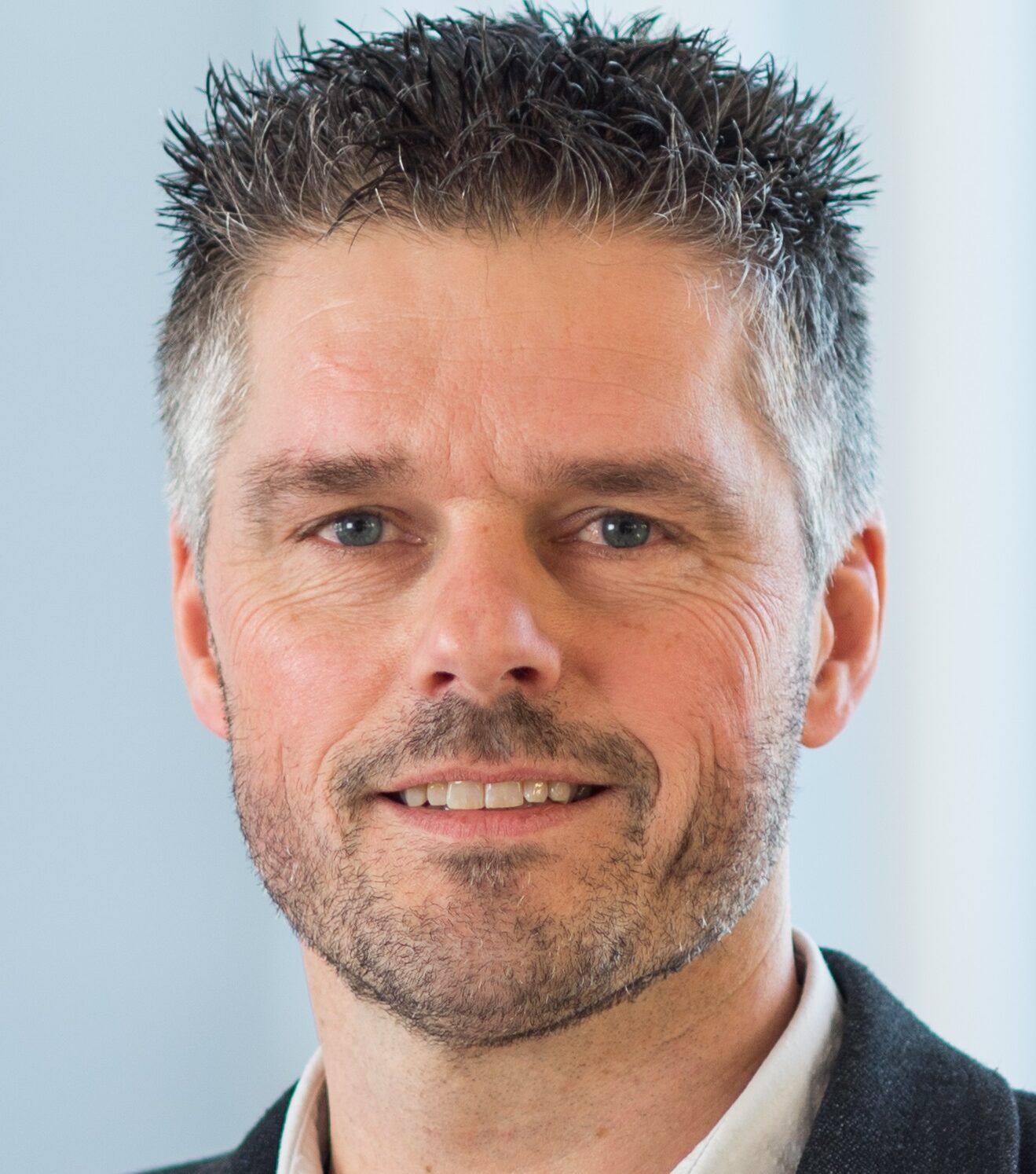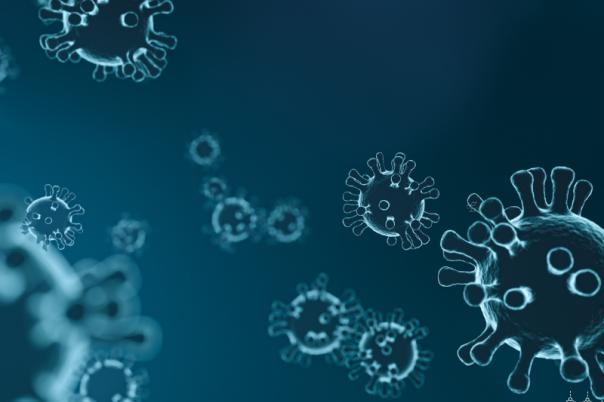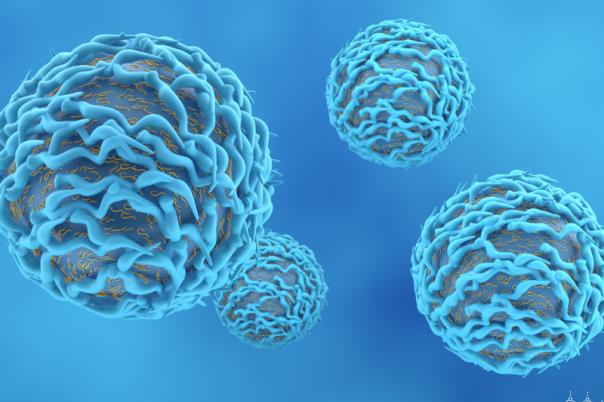Translational research is critical for the direct application of molecular omics tools into clinical practice, thereby accelerating the innovation pipeline and improving patient care. In this presentation Alain van Gool walks us through several translational initiatives, including a significant translational biomarker story in multiple myeloma monitoring.
Van Gool introduced Eatris, a European infrastructure for translational medicine, and discussed his work at Radboud University Medical Centre, focusing on molecular omics tools. He stressed the role of mass spectrometry in their research and the establishment of a national road map for large-scale research infrastructures in the Netherlands.
The presentation also mentioned the Netherlands cross omics initiative, which aimed to integrate genomics, proteomics, and metabolomics technologies into a true multi-omics infrastructure. He highlighted the importance of AI and data science in omics research, noting the innovations and potential risks associated with these technologies.
Van Gool introduced the multi-omics toolbox, a community-driven approach to enhance multi-omics research, and discussed the Horizon Europe project, which provided over 400 services in the oncology field. He also mentioned recent innovations, including metabolomics-based screening, whole genome sequencing, and plasma glycoproteomics. Van Gool shared an AI-based facial recognition project for predicting genetic variants, which had been successfully implemented in clinical genetics.
The presentation then focused on multiple myeloma, its treatment, and the challenges in detecting minimal residual disease. Van Gool discussed the development of a new assay for detecting variable chains on immunoglobulins using mass spectrometry, which significantly increased diagnostic sensitivity. He compared this new method with the current golden standard and highlighted its similar performance.
Van Gool emphasised the importance of collaboration and reproducibility in research, mentioning efforts to increase the robustness of the new assay. He also discussed the development of a faster workflow and the ability to multiplex up to 25 patients at once. The presentation concluded with recognition and awards received for the new method and future plans for scaling up the new method.





